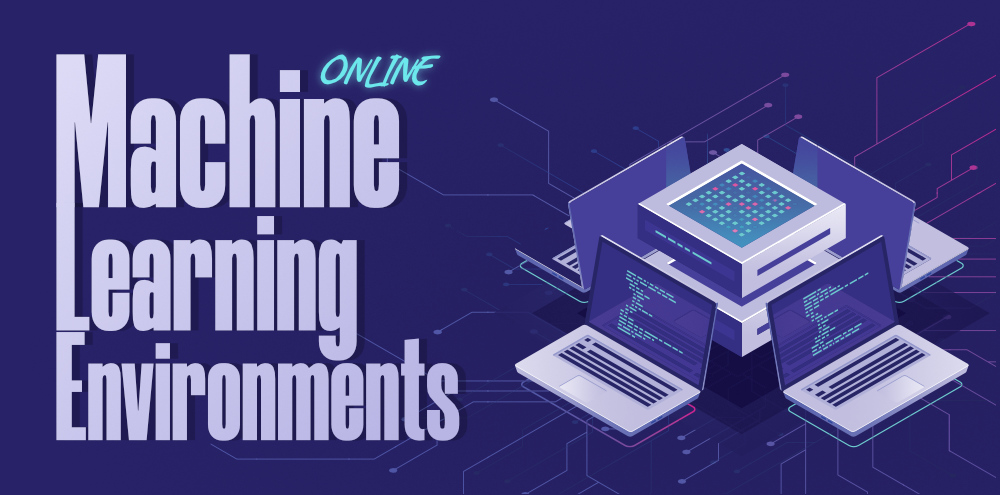Top 5 Open-Source Online Machine Learning Environments
Last Updated :
08 May, 2023
Machine Learning is an area of research that allows machines the ability to learn without being directly programmed. Machine Learning development is in trend as many students, teachers, developers, and data scientists use machine learning to develop various projects and products. However, developing machine learning models require high system requirement specifications as sometimes the model training process can go from 2 hours to 2 days and more. So low-end systems can not handle training of good machine learning models or even if they somehow train models, critical system issues are likely to occur.

However, there are many open-source Machine Learning environments available that do not require any system requirement specification and use cloud infrastructure to train your model in the most optimal time possible. Below are the most efficient, commonly used online machine learning environments:
It’s a cloud service that can be easily accessed to develop products and projects, provided by Google. It supports free GPUs and is based on the Jupyter Notebooks setting. It provides a forum for everyone to build machine learning and deep learning applications using widely used libraries like PyTorch, TensorFlow, and Keras. It offers a way for your system not to take out the full workload of your ML activities. It’s one of the most successful platforms of its kind.
- RAM – 12 GB to 26.75 GB
- Disk Space – 25 GB
- CPU Cores – 2
- Languages Supported – Python
IBM launched the Watson Data Platform and Data Science Experience (DSX) to support open-source solutions. Eventually, it launched the multi-cloud freedom of choice platform for data science work. This was achieved with the help of containerization of the stock by Kubernetes. As a consequence, it can be distributed in Docker or CloudFoundry containers wherever the data is stored.
- RAM – 16 GB
- Disk Space – 90 GB
- CPU Cores – 4
- Languages Supported – Apache Spark, Python, R, Scala
It’s an excellent platform for deep learning and machine learning applications in the cloud. Kaggle and Colab have a variety of similarities, both being Google products. It supports the Jupyter Notebooks in the browser. Many of the Jupyter Notebook keyboard shortcuts are almost the same as Kaggle. Kaggle has a large collection of datasets and has a broad community devoted to promoting, learning, and validating data science skills. The use of GPU and TPU has some usage restrictions in the Kaggle kernel.
- RAM – 25 GB
- Disk Space – 155 GB
- CPU Cores – 1
- Languages Supported – Python, R
It is a virtual online workspace for computing, research, collaboration, and writing documents. This includes working with the full range of scientific languages, provides author text functionality in LaTeX, R/knitr or Markdown, a web-based Linux console, time travel feature, and networking resources such as chat rooms, course management, and more. However, most of its features come under a paid plan.
- RAM – 16 GB
- Disk Space – 20 GB
- CPU Cores – 3
- Languages Supported – Julia, Octave, Python, SageMath, R Statistics, etc.
Microsoft’s Azure notebooks are somewhat similar in functionality to Colab but it wins in terms of speed and is much better than Colab in this respect. Azure Notebooks is a series of linked notebooks called Libraries. These libraries are smaller than 100 megabytes in size of each data file. Azure Notebooks are more suited for basic applications. Azure provides only 12 months of free service.
- RAM – Variable
- Disk Space – Variable
- CPU Cores – Variable
- Languages Supported – Python, R, F#
Like Article
Suggest improvement
Share your thoughts in the comments
Please Login to comment...